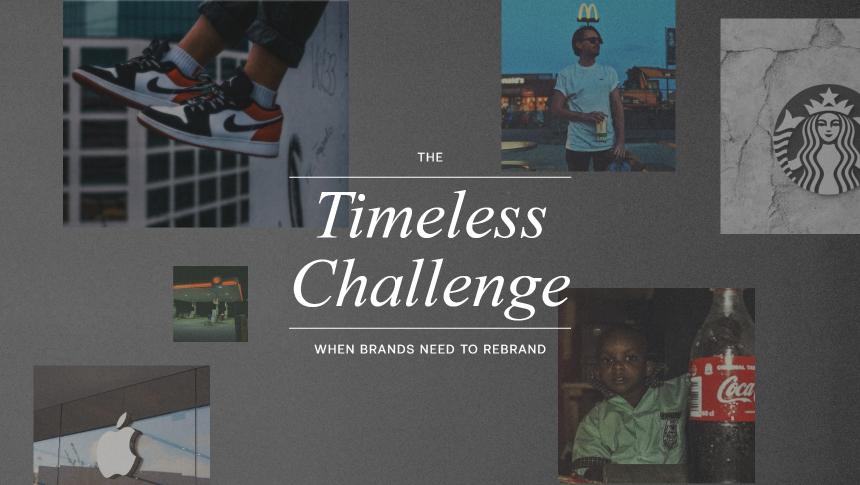
The Timeless Challenge: When Brands Need a Rebrand
In the ever-evolving landscape of business and consumer preferences, brands play a crucial role in shaping the choices and perceptions of the audience. A successful brand captures attention, establishes trust, consistently delivers on its promises and stands the test of time.
However, even the most iconic brands may face challenges and consider rebranding.
In this article, we'll cover the intricate relationship between time, iconicity, and the risk of appearing dated or irrelevant:
- The Power of Timelessness
- The Risk of Datedness
- Recognising the Need for Change
- Embracing Change Without Losing Identity
- Case Studies of Successful Rebrands
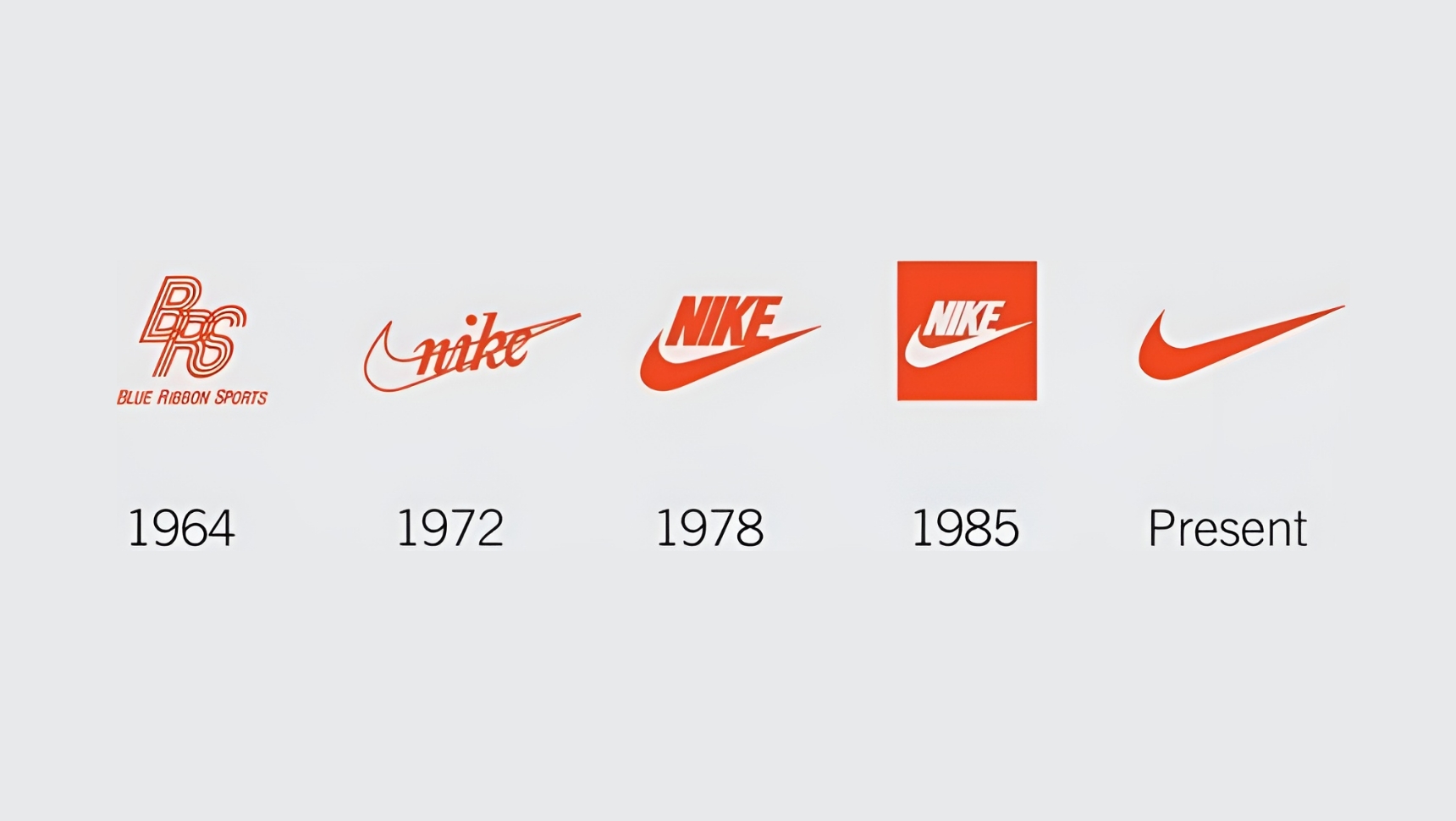
The Power of Timeless Branding
Timelessness is a quality coveted by brands, as it allows them to transcend trends and remain relevant across generations.
Iconic brands like Coca-Cola, Apple, and Nike have built legacies that continue to resonate with consumers year after year. Their ability to adapt and evolve while staying true to their core values has ensured their longevity.
However, even these iconic brands must navigate the challenges posed by shifting consumer expectations and changing market dynamics.
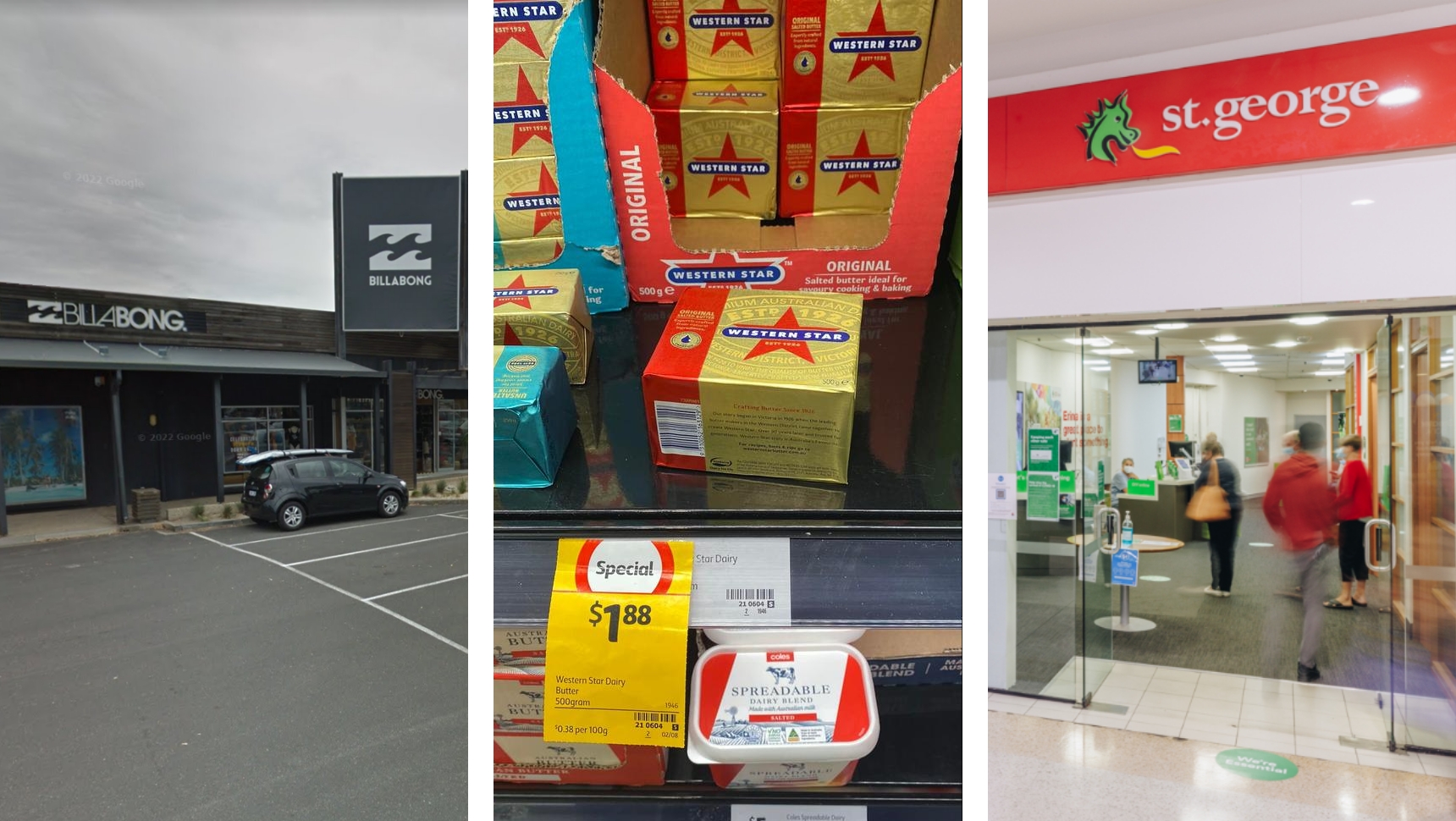
The Risk of Datedness
Brands that fail to keep up with the time's risk becoming stagnant and out of touch with their target audience. What was once cutting-edge and ground-breaking may lose its appeal over time as competitors emerge with fresh ideas and innovative approaches.
As societal values and cultural landscapes evolve, brands must remain adaptable to stay relevant. Failing to do so can result in loss of consumers, diminished market share, and irrelevance.

Recognising the Need for Change
Rebranding cannot be taken lightly.
It requires a deep understanding of the brand's essence, its target audience, and the competitive landscape. Brands that need a rebrand should undertake comprehensive research and analysis to identify the reasons behind their declining relevance. The larger the brand, the more intensively it should be evaluated.
This process involves examining customer feedback, market trends, and technological advancements that may impact their industry.
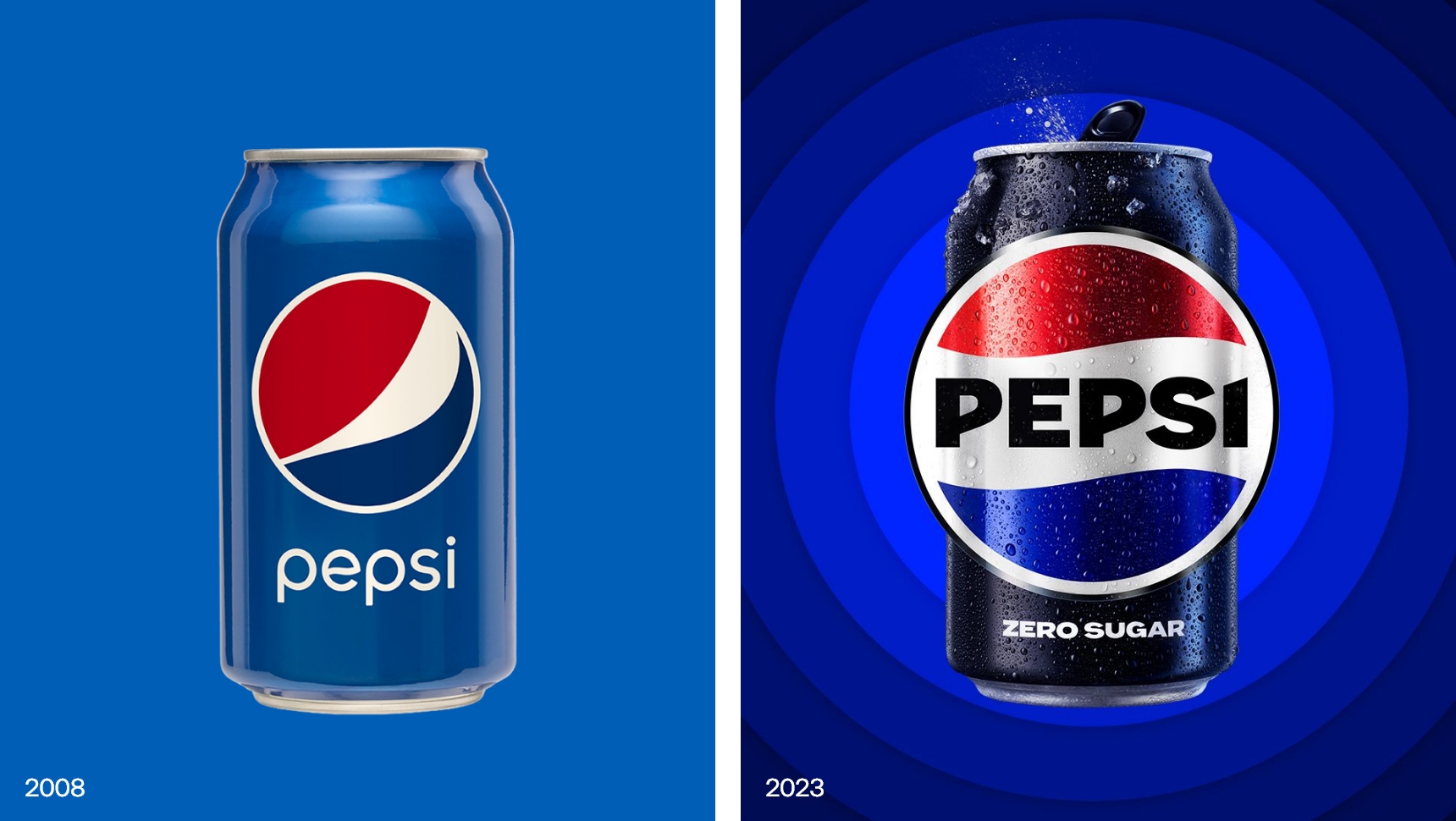
Embracing Change Without Losing Identity
A successful rebrand strikes a delicate balance between modernization and maintaining the brand's core identity. While it may involve updating visual elements such as logos, colours, and typography, the essence of the brand should remain intact.
By carefully refreshing their image and aligning it with current market expectations, brands can rejuvenate their appeal and reconnect with their target audience.
This step should also evaluate whether the brand’s core identity is worth keeping. Though rare, there are instances where a shift is needed.
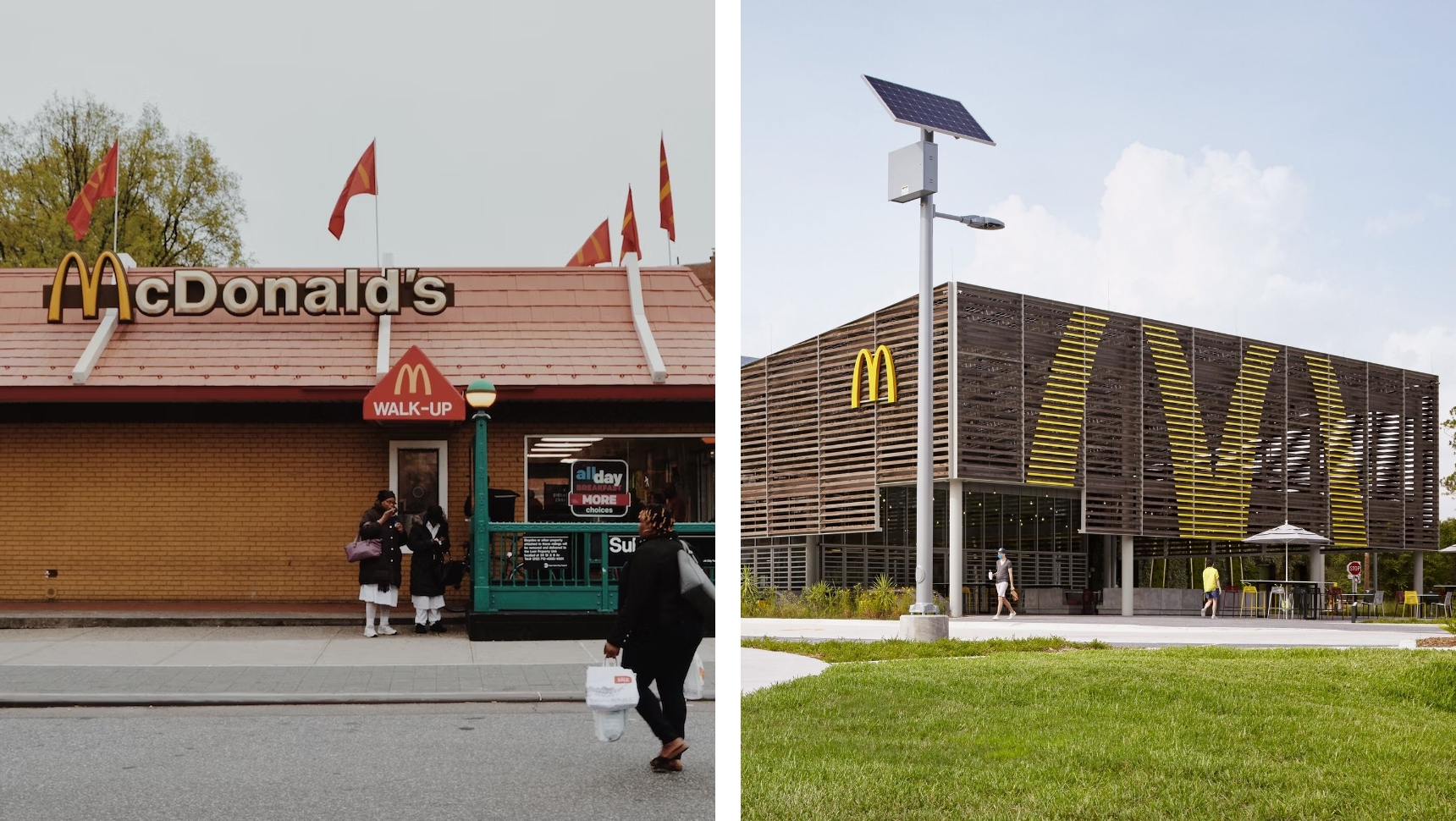
Case Studies of Successful Rebrands
Numerous brands have embarked on successful rebranding journeys, breathing new life into their existence.
One notable example is McDonald's, which transformed its outdated fast-food image into a more contemporary, health-conscious brand. Through menu diversification, restaurant renovations, and a renewed focus on quality ingredients, McDonald's successfully repositioned itself to cater to the evolving demands of the consumer.
Another remarkable case is Old Spice, a brand that transitioned from being associated with a fairly older generation to capturing the attention of younger audiences – all through a clever marketing campaign. By leveraging humour, viral advertising, and reimagining its products - Old Spice revitalized its image and attracted a whole new generation of customers.
Conclusion
In the dynamic world of business, brands face the constant challenge of remaining timeless and relevant. While iconic brands possess a strong foundation, they must continuously adapt to shifting consumer expectations and technological advancements.
Recognising the need for rebranding is crucial to staying relevant in a highly competitive market. By embracing change while preserving their core identity, brands can successfully navigate the intricacies of time. They can evolve with their audience and sustain their relevance in an ever-changing world.

Written by Mark Brown
Mark is obsessed with logos. He thinks about them when he wakes up in the morning, he stares at them on a computer screen all day. If logos were food, he would probably eat them. Mark is a longstanding Sentius employee with over eight years of delivering brand identity, digital, and print design genius for our clients. Mark is truly a global citizen with residency in the United States, Romania and Australia. His favourite city in the world? Athens. The Parthenon feels like stepping through a time portal.

Written by Mark Brown
Mark is obsessed with logos. He thinks about them when he wakes up in the morning, he stares at them on a computer screen all day. If logos were food, he would probably eat them. Mark is a longstanding Sentius employee with over eight years of delivering brand identity, digital, and print design genius for our clients. Mark is truly a global citizen with residency in the United States, Romania and Australia. His favourite city in the world? Athens. The Parthenon feels like stepping through a time portal.
